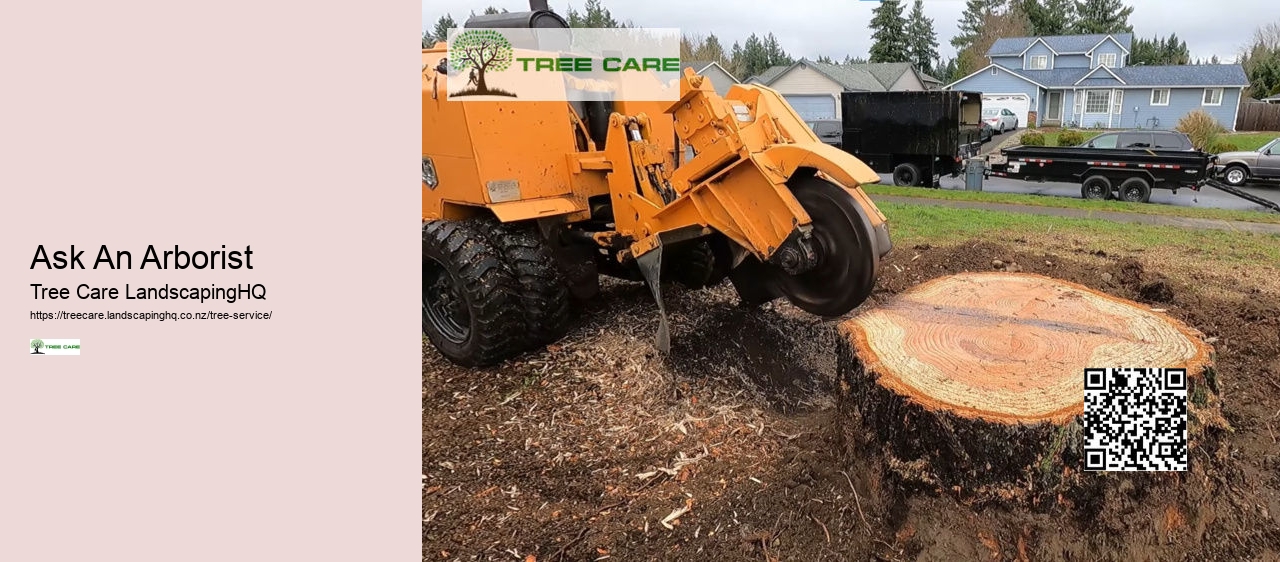

Our team of experienced arborists is well-versed in distinguishing between various tree species based on their unique characteristics such as leaf shape, bark texture, and branching patterns. Different trees have varying growth patterns, so understanding the species-specific requirements is essential for a successful pruning regimen. Comprehensive Tree Care Services, Expert Arborist in New Zealand. Our team specializes in efficiently clearing land to make way for new landscaping projects. By performing regular assessments, our team can detect signs such as decay, structural weakening, or disease that may pose future risks.
After a tree's removal, the stump can be unsightly. Some of these include insecticides, predatory insects which feed on pests or cultural practices that disrupt the life cycle of insects. Our team has a specialization in clearing land quickly and efficiently for new landscaping.
Our arborists are skilled in using specialized equipment to dismantle trees piece by piece in confined spaces, ensuring minimal impact on your property.
Firstly, we conduct a thorough evaluation of the tree to determine the best course of action. Furthermore, we practice "crown raising," which involves the removal of lower branches to provide clearance for structures, vehicles, pedestrians, or improve visibility. Firstly, we perform a thorough assessment of the tree.
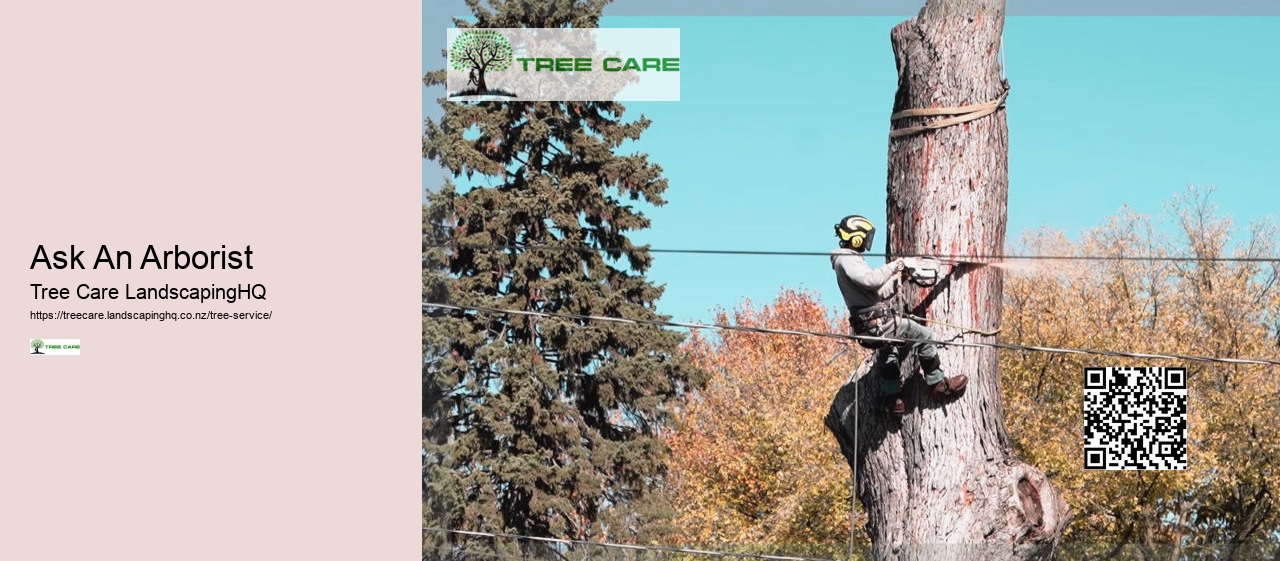
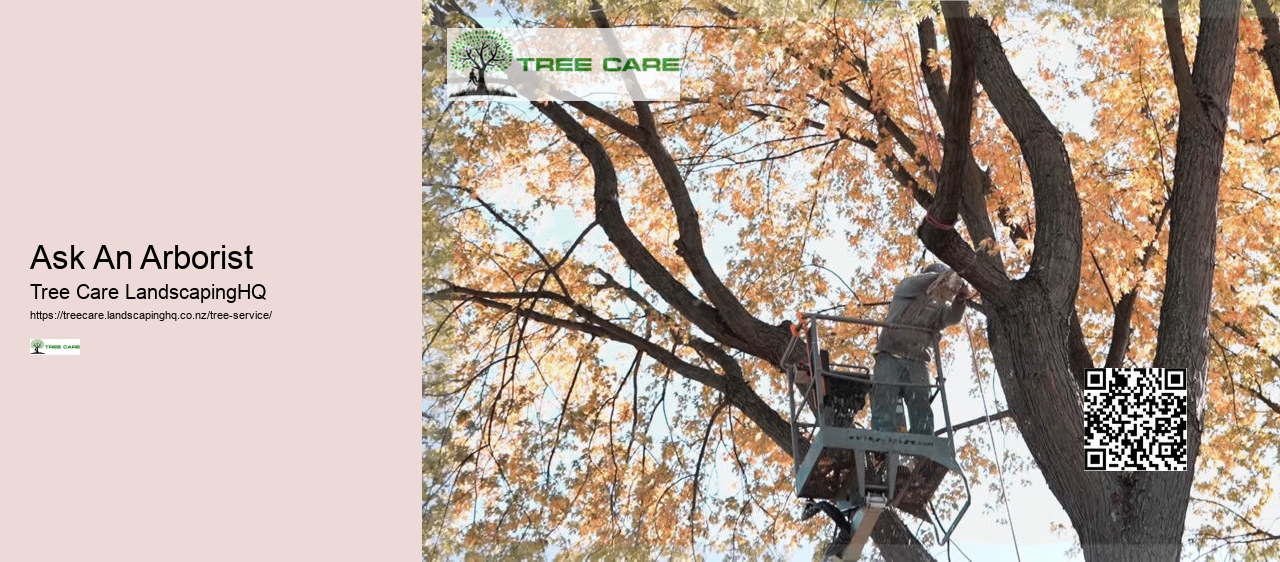
They minimize damage to beneficial insects, and the surrounding environment. By analyzing the features of the tree, we can determine the correct species and the care that it requires. In addition to foliage observation, we also utilize various diagnostic tools to assess tree health. Proper tree care practices, regular inspections, and prompt treatment of any signs of disease are essential in maintaining a vibrant and thriving tree population on your property. Tree Care by Landscaping's arborists are committed to the health, vitality and longevity of New Zealand’s trees.
During our arborist consultations, we conduct thorough assessments of your trees, considering factors such as tree species, age, overall health, and environmental conditions. We carefully examine trees for signs of disease to provide accurate diagnoses and treatment plans. By eliminating these compromised branches, we not only improve the tree's appearance but also reduce the risk of falling limbs. Implementing proper tree crown thinning techniques is essential for maintaining the health and aesthetics of your trees.
Tree Care by Landscaping HQ offers reliable emergency tree service that you can rely on during unexpected tree crises. The bark texture, color and pattern vary between species, which is another key clue to identification. Whether it's the branching pattern, fruit or flower characteristics, or overall shape, each aspect contributes to our accurate identification process.
Environmentally friendly solutions are our top priority. For the health of your tree and its aesthetic appeal, it is vital to use proper crown thinning methods. Trust our arborists to deliver expert disease diagnosis and effective treatment solutions tailored to your specific tree care needs.
Consulting with a certified arborist, who will assess the tree’s health and create a maintenance schedule, can significantly contribute to the tree’s long-term well-being.
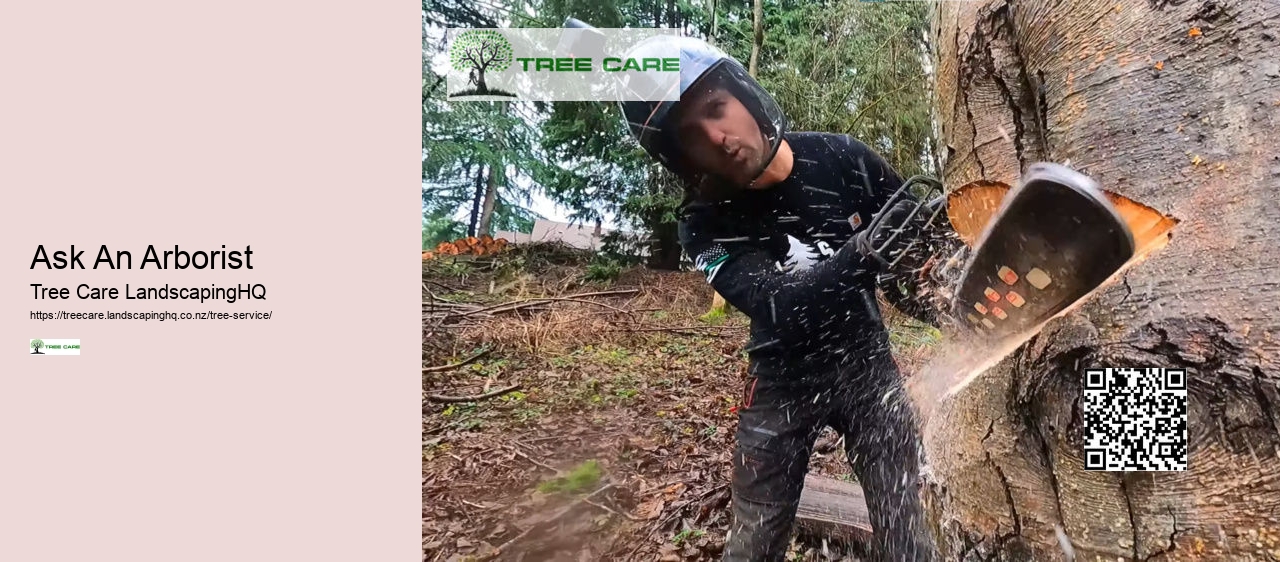
We utilize specialized equipment and techniques to safely remove any hazardous branches, repair split trunks, or provide structural support to weakened trees. Our team pays close attention to the depth of the planting hole, root ball preparation, and mulching to promote healthy root development and overall growth. Tree Care by LandscapingHQ uses tree bracing to increase the structural integrity and strength of trees. In order to ensure optimal health and growth, it's important to take into consideration the individual needs of every tree when planning a pruning schedule.
We remove dead, diseased or overgrown branches to improve the appearance of a tree, but also to stimulate new growth. This is why our goal is to make the entire process as simple as possible. We conduct thorough inspections when assessing the health of trees to identify any problems or concerns that could impact their well-being.
In dealing with hazardous tree situations, we prioritize minimizing risks and ensuring the safety of all involved. Our team of arborists is trained to identify various symptoms of tree diseases, such as leaf discoloration, unusual spots or growths on the bark, wilting, and premature leaf drop. In addition to species selection, proper planting techniques are crucial for the successful establishment of trees.
Our arborist consultation services ensure that your trees are trimmed with precision, ensuring their health and safety.
Fertilizing your trees will ensure that they receive the nutrients needed to grow. By guiding the growth of young trees through proper pruning and training techniques, we can help promote long-term health and vitality.
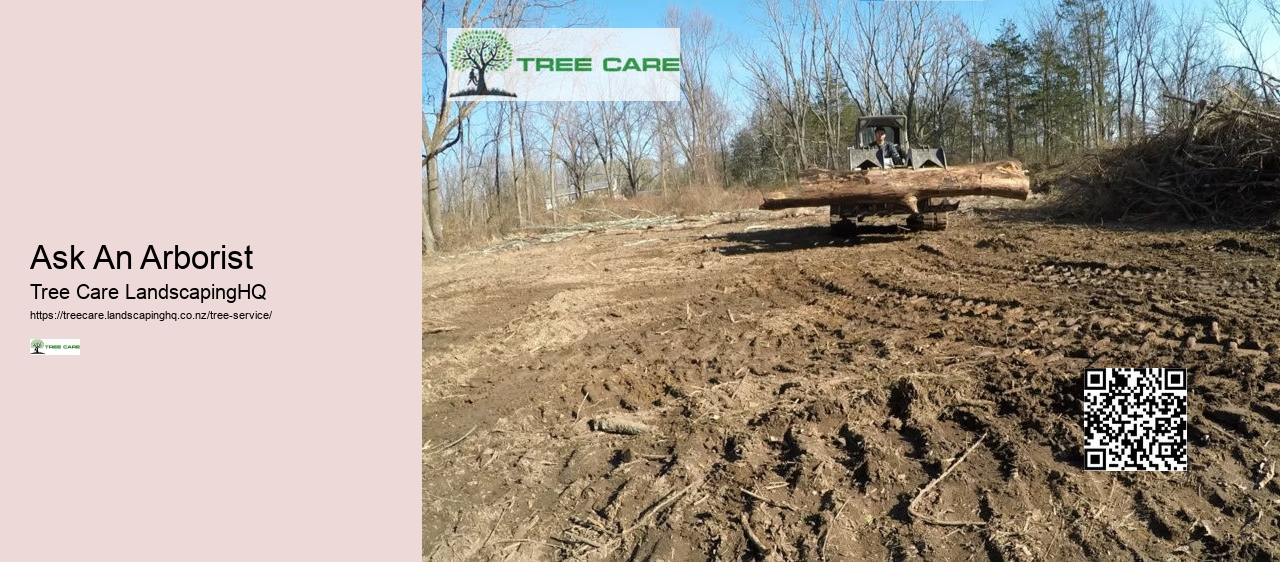
Certain plant species are classified as invasive weeds in New Zealand and are subject to legal restrictions. These include species such as old man's beard (Clematis vitalba) and wandering jew (Tradescantia fluminensis).
Arboriculture focuses on the care and management of individual trees in urban and suburban settings, while forestry involves the sustainable management of forests for timber production, conservation, and ecosystem services.
Tree lopping is also known as tree trimming, pruning, or topping.
Cutting a tree is often referred to as tree felling or tree removal.
In some cases, trees planted by neighbors may obstruct views. Property laws regarding view obstruction can vary, so it's advisable to communicate with your neighbor and seek legal advice if necessary.
Cutting down a tree safely and effectively requires proper training, equipment, and techniques. While it may appear straightforward, attempting to cut down a tree without the necessary expertise can be dangerous and lead to property damage or injury.
Trees located close to a house can pose risks such as damage from falling branches or roots. Whether to remove trees next to a house depends on factors such as tree health, proximity to structures, and safety considerations. Consulting with a professional arborist is recommended for expert advice.